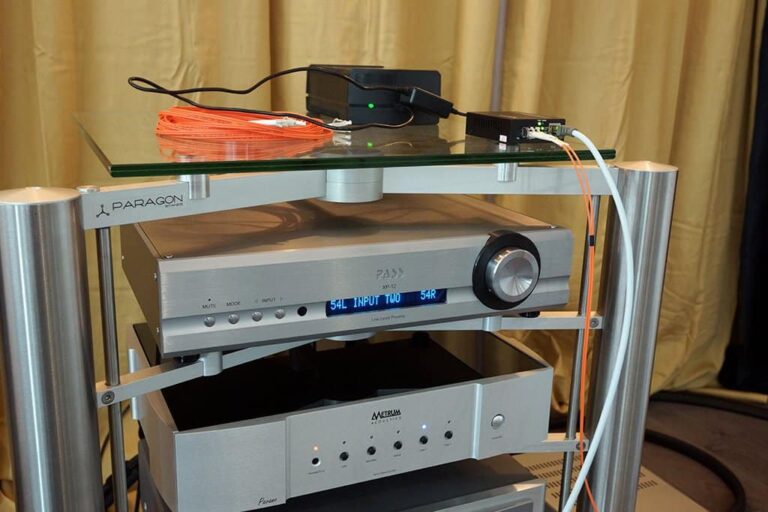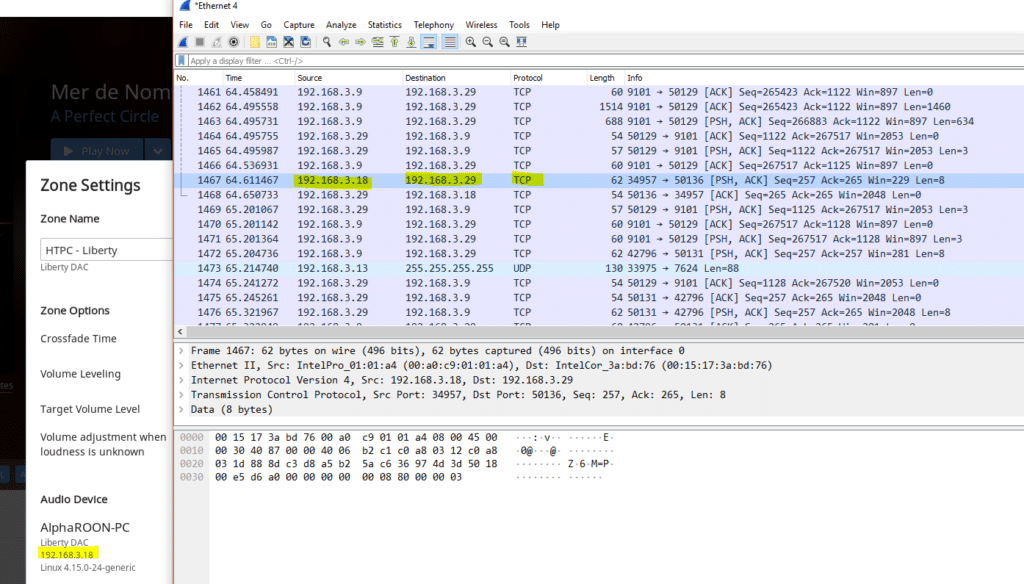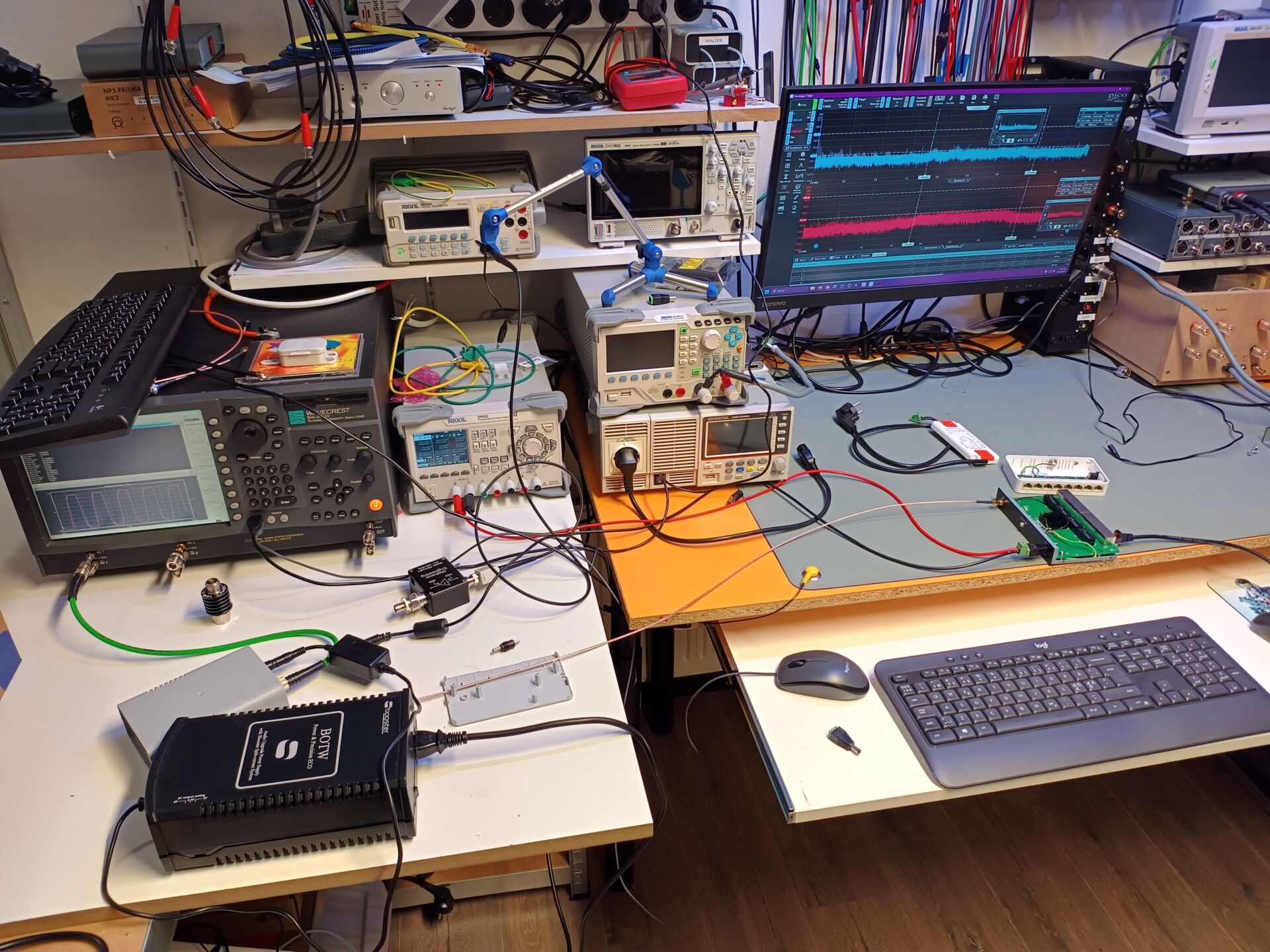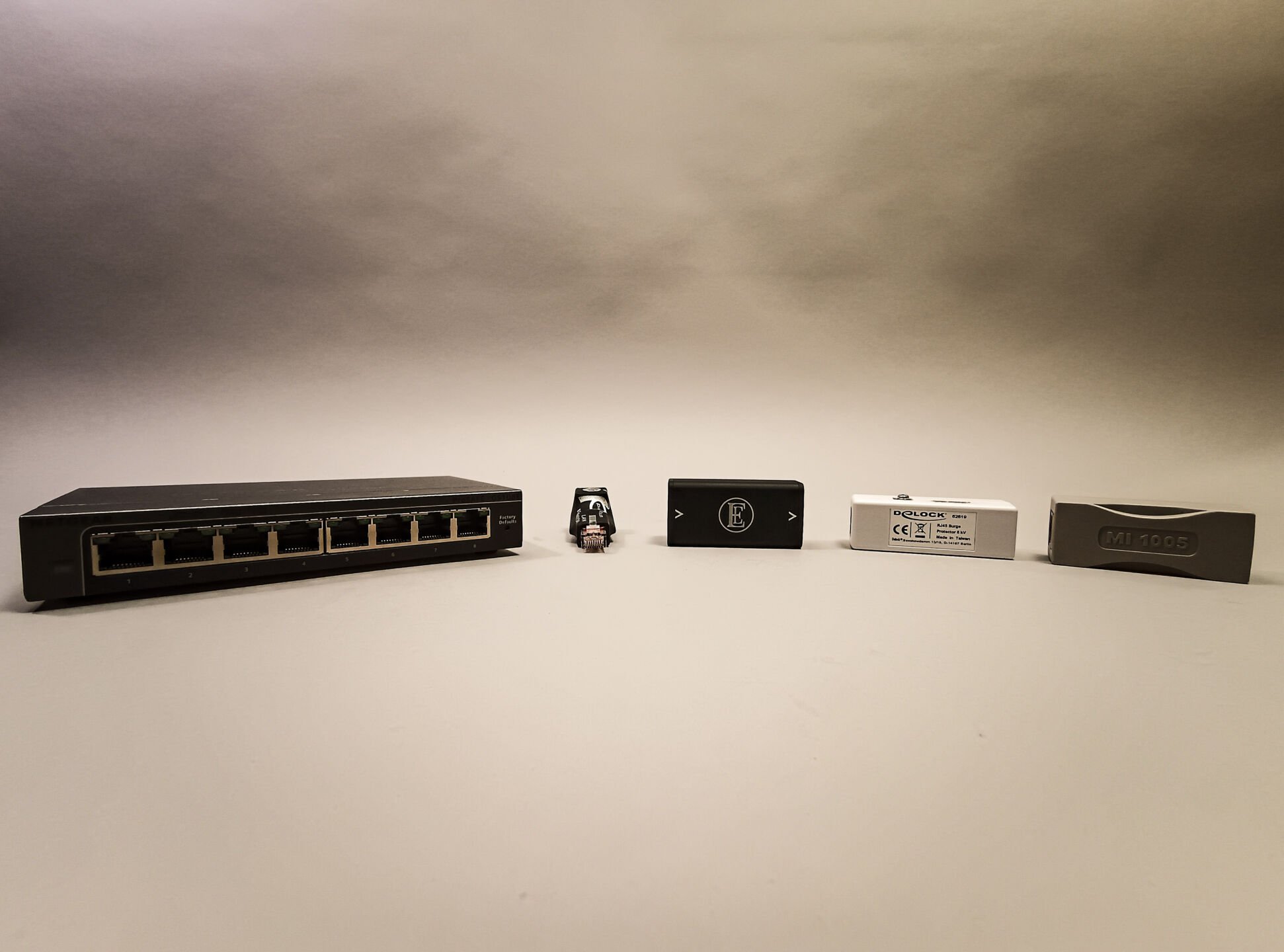

Intro
Contents
It’s unbelievable how many questions we get around networking. And how many questions are asked about networking in the Facebook group Streaming Audio. And unfortunately a lot of questions are answered, but not very clearly. Either they are simply incorrect, or they are so technical and ‘over the top’ that the questioner just doesn’t understand it. In this article, we created an ‘ultimate network’ (according to the author in question). So if you’re looking for the next step… enjoy!
First the basics: what is a network and why do you need it for streaming? Yeah. Maybe very obvious, but let’s explain. Our definition of a network is:
A network is a collection of devices that can exchange data with each other.
In order to be able to exchange data, two or more devices are needed. And there is basically no need for a switch or router. It is perfectly possible to connect two PCs without a router. Just a matter of inserting the cable and manually entering the ip-address. Ok… let’s get on with it.
Data (packages)

Data can be anything. From the content of a web page, a photo, a document, to a control package or music or video data. A switch, router, PC or tablet has no idea what that data means (unless it is a layer 4 device that can do DPI).
On a network, the flow of information consists of data packages (or datagrams). Such a package not only contains the data to be transferred, but also the sender, receiver, frame-headers, port numbers, etc. All that extra information is needed for the data to go to the right recipient and also to remain intact. A receiving device receives information when a frame starts and when it ends. And in some cases (TCP), where the package belongs in the flow.
Now there are basically two IP protocols on a network: TCP and UDP. UDP, unlike TCP, does not, have native error correction. In many cases ‘real time’ traffic – VoiP or media streaming – is sent via the UDP protocol. Data corruption can therefore occur with the UDP protocol. This depends however on how the service, media streamer or client deals with lost data. However, to be honest, we have never seen data corruption in the logs of our switches (see picture below). We have also never experienced drop-outs via a wired network. Unless there’s a broken cable…
By the way, Roon uses – to our knowledge and insight via Wireshark – TCP to stream. This has considerably more overhead, but on a solid internal, modern network this is not an issue.
Streaming
We audiophiles / audionerds / audio lovers, are quick to think that eveything is different and more complex when audio is involved. However, this is only partly true. Basically, a network for streaming is no different than an ordinary data network.
What…? What are you saying…?
Right: a network for audio streaming works basically the same as a normal network for computers. No special switches, routers or cables are needed to stream decent audio. Let’s explain that in the chapters below.









https://www.netgear.com/nl/home/wifi/mesh/mk73s/
My compliments for the clear explanation. But do I need to purchase an additional switch, placed between the provider’s modem and the router, the satellites are connected via WiFi. You recommended using an sBooster on the RME ADI-2 FS DAC and I couldn’t believe it. That the power supply of a professional device is so poor. It’s not cheap but the results are amazing. If I understand correctly, I don’t need linear power supply for the modem or router. The satellite in the room is connected with CAT7 to the switch and connect (CAT7) to the streamer. But should I change the power supply of both (satellite and switch) to a linear power supply for better sound quality?